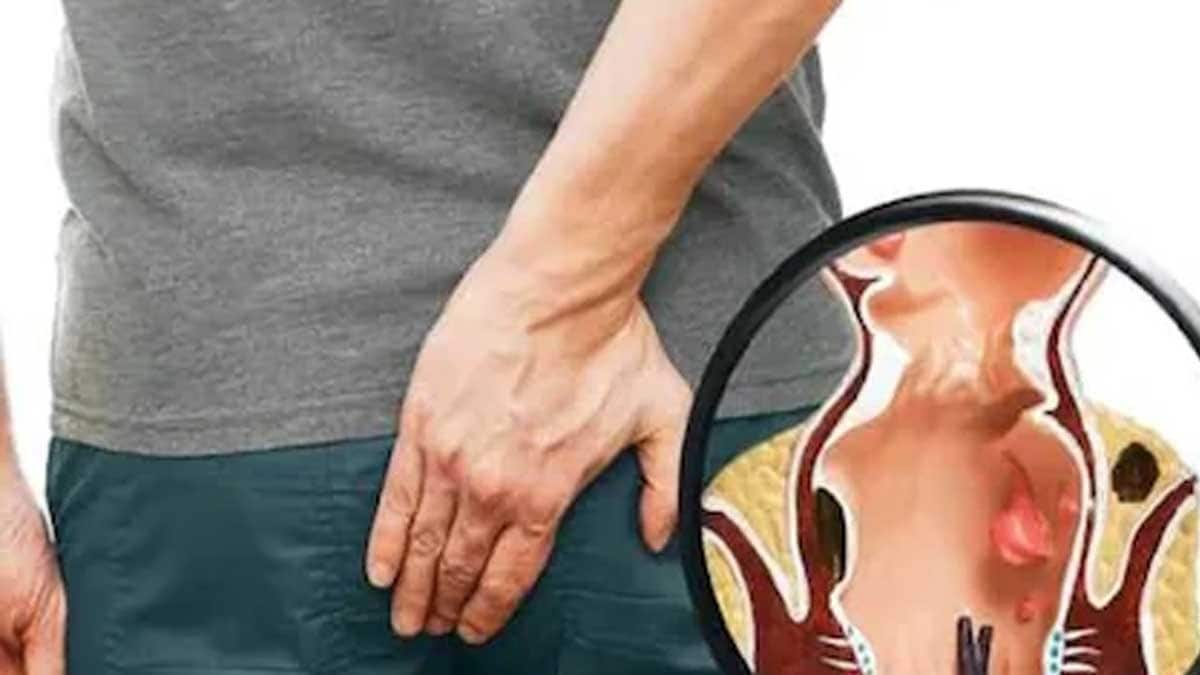Causes, Symptoms and Treatment of Piles

High fibre diet helps in dealing with piles pain
Piles can happen due to constipation or long-lasting diarrhoea, old age, persistent coughing, lifting heavy objects and other factors.
Piles are swollen blood vessels that can happen inside or around the anus. While they often get better on their own within a few days, they may also pester a patient for a long time and make it difficult for them to go to the loo. Piles usually look like small, round, discoloured lumps that can be felt on the anus or hanging down from the anal canal. There are four degrees of piles, and the fourth is the most painful one where the lumps hang down from the anus and can’t be pushed back in. If the blood inside them clots, they can become extremely painful.
Piles can happen due to constipation or long-lasting diarrhoea, old age, persistent coughing, lifting heavy objects and other factors. They are also common during pregnancy, but they usually get better postpartum. Some symptoms of piles include bleeding when you poop, a lump in or around the anus, a slimy discharge of mucus from the anus which can stain your cloth, a feeling of fullness or discomfort in the anus, itchy or sore skin around the anus and pain after you go to the washroom.
Self-help
In the initial stages, piles are not too painful. To help ease your everyday life, you can take the following steps:
High fibre diet can help in making it easier for one to visit the loo. Drink lots of fluid to keep hydrated but make sure you don’t consume too much caffeine. Keep exercising to help reduce the symptoms. Don’t strain during the loo and gently clean your anus with water and pat the area dry.
Treatments for piles are both non-surgical and surgical. Some medicines are also used such as painkillers, soothing ointments, and corticosteroid-containing products to help reduce pain and swelling.
Non-surgical treatments:
Banding – The doctor puts a small elastic band around the pile to reduce the blood supply. The pile slowly dies and falls off after about a week or two.
Sclerotherapy – This is the process of injecting an oily solution into the piles to make them shrivel up.
Infra-red coagulation – The doctor will apply infrared light to certain areas of the piles, this cuts the blood supply too.
Bipolar diathermy and direct current electrotherapy treatment – This involves the use of electricity to destroy piles.
Surgical treatments:
Hemorrhoidectomy – The surgical process to remove piles is known as hemorrhoidectomy.
Stapled hemorrhoidectomy – This surgery involves the surgeon attaching the area of tissue with piles higher up the anal canal and stapling it there.
Hemorrhoidal artery ligation operation (HALO) – HALO is the process of the arteries of canals being closed to limit the blood supply to piles.
Read all the Latest Lifestyle News here
For all the latest lifestyle News Click Here

